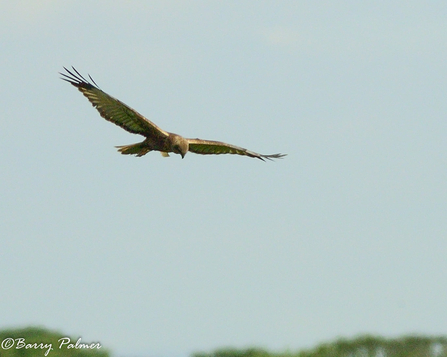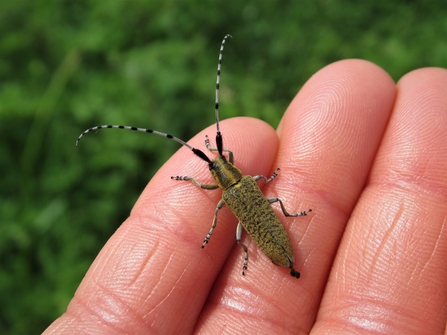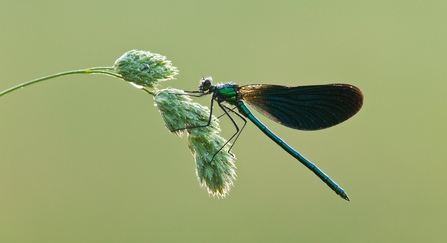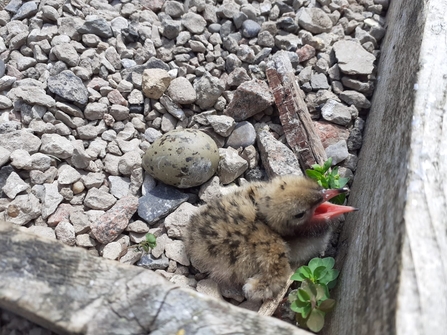From bird baby booms to dragonfly dances and wildflower wonders, here are the best of our June wildlife sightings.
Brockholes
We were thrilled to see the first common tern chicks hatch on the tern rafts at Brockholes in May, and last month, six more joined them! By the end of June we had nine chicks in total – three pairs of parents with three chicks each – with other pairs still sitting on eggs. The chicks on our live tern camera are looking more and more like adults by the day, so make sure you tune in to see them before they fledge.
The common terns weren’t the only babies thriving at Brockholes nature reserve in Preston. Juvenile whitethroats were being fed by doting parents and the footpaths filled with tiny froglets and toadlets taking their first leap out of their nursery pools – watch your step!
Some of the best places to spot wildlife at Brockholes in June were the grassland areas, where bee orchids bloomed and five and six-spot burnet moths seemed to cling to every flower-head. Linnets busied themselves feeding on dock seeds and a barn owl was spotted hunting over Boilton Marsh. There was plenty to see on the lakes, too, with a green sandpiper, snipe and curlews on Number One Pit.





